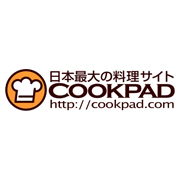After doing three projects with my group, I had seen both benefits and risks of group assignments.
By having to work with our classmates, we had to be able to communicate and compromise, which I believe starts becoming very important in business since it is all about interacting with another person, whether it be inside or outside your company. As an exchange student, I was surprised at how everybody participated in their group project. In my home university, I feel as though people are less engaged in both class participation and group work. We were able to make something better than what we would have individually since we all had a say in the assignments and give out our skills and knowledge.
However, group work may also mean inefficiency without well communication. (It is also difficult when you turn out to be the only non-Chinese speaking person in the group…) Moreover, if specific people have the knowledge and skills, others may become free riders or just becomes more difficult for them to participate as much. My classmates seemed to have more knowledge on airplane companies and were in control whereas I felt slightly lost. I would do everything that was distributed to me right away and put effort into it, but I was not able to do any extra.
From this experience, I was impressed with my classmates, and felt I could’ve done better. I shouldn’t have been scared I would say something wrong, and even if I was not sure of how to do certain things, I could have volunteered and asked how to do it. How much knowledge and skill you already have may change the role in your group, but it is no different that every individual should dedicate the same amount of effort. In fact, the more you need to absorb, the more you should be engaged and asking questions.




